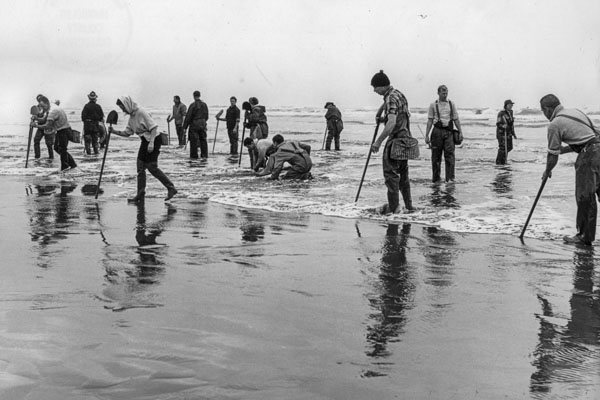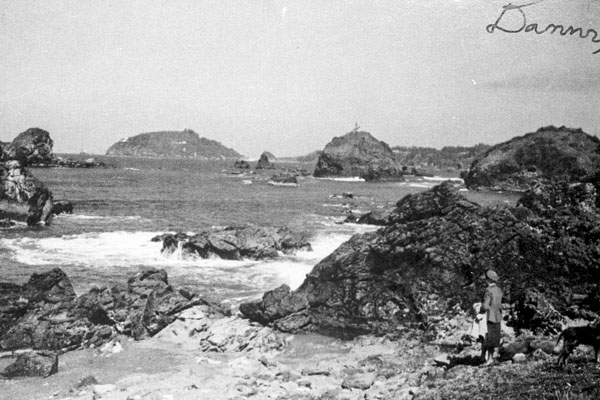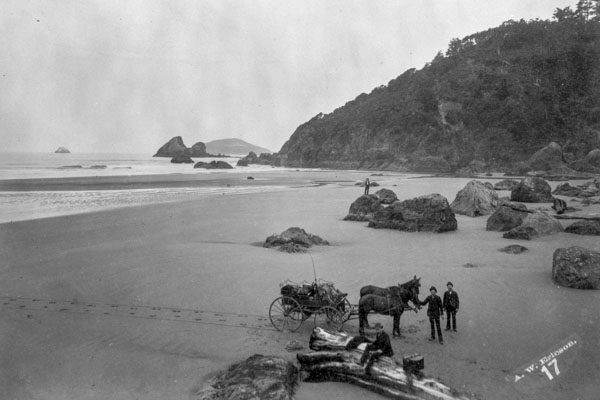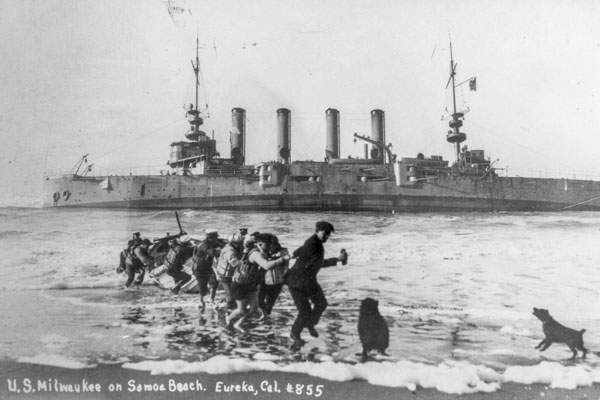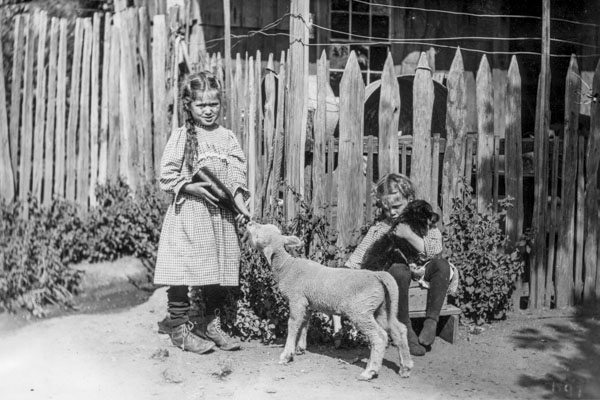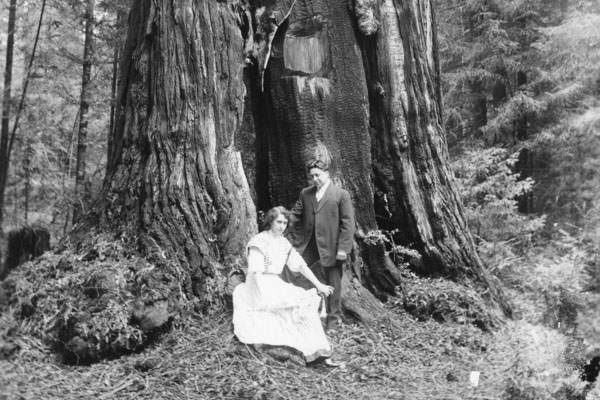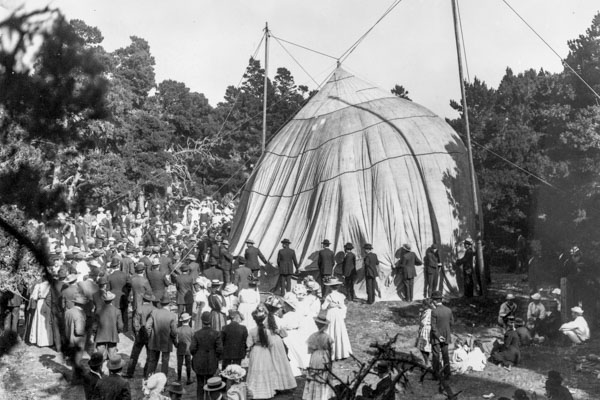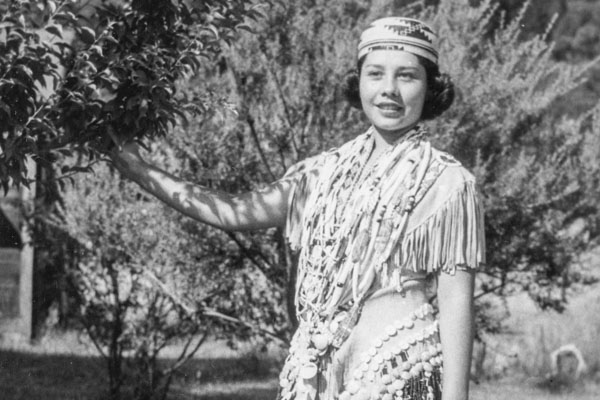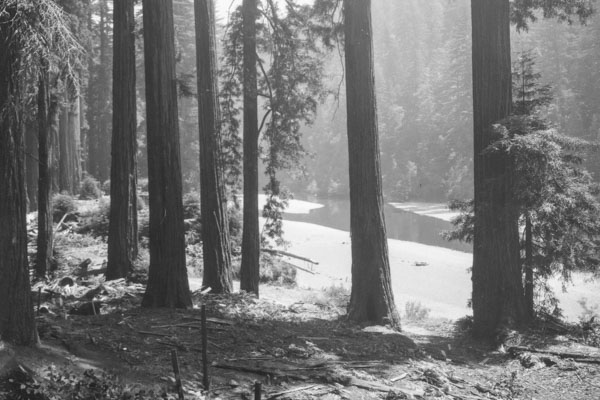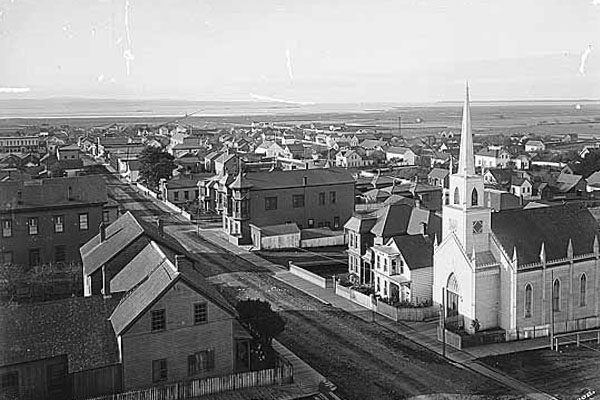You are here
Roberts Photograph Collection - Finding Aid
Abstract
Copyright
Biographical Information
Scope and Content of the Collection
Arrangement of the Collection
Collection Number
HumCo E78 C15 R62
Contact Information
The University Library, Special Collections
Cal Poly Humboldt
One Harpst Street
Arcata, California 95521
Processed By
Frances Purser; Jean Perry and Joan Berman; Brittany Britton
Date Collection Processed
1999; 2012
Language
English
Collection Creator
Ruth K. Roberts and Arnold R. Pilling
Dates Covered by Collection
ca. 1915-1933
Size of Collection
536 photographic prints and descriptive catalog
Abstract
The Roberts Photograph Collection documents life on the Yurok Indian Reservation along the lower Klamath River in northwestern California, primarily during the period of 1915 to 1933. It is the private collection of Mrs. Ruth Kellet Roberts, containing 536 photographs, many of them taken by Mrs. Roberts herself as an amateur photographer. They include photographs of her many friends in the Yurok Indian community and their daily activities and ceremonies, early photographs of the town of Requa, of the Pecwan-Johnsons area, and various landscape features of the surrounding area.
Access
Collection is open for research
Copyright
Copyright has been assigned to Cal Poly Humboldt. To obtain permission to publish or reproduce, please contact the Special Collections Librarian. Copyright restrictions also apply to digitial representations of the original materials. Use of digital files is restricted to research and educational purposes.
Acquisition Information
Transferred to the Cal Poly Humboldt University Library in 1969 by Dr. Arnold R. Pilling, Professor of Anthropology at Wayne State University.
Biographical Information
Mrs. Ruth Roberts lived in Requa, at the mouth of the Klamath River, during the fishing season, roughly May through September, each year from 1915 to 1933. She lived in Piedmont (near Oakland) the rest of the year. Her husband, Harry C. Roberts, worked as the accountant for the Klamath River Packers Association, which operated a fish cannery in the estuary near the mouth of the Klamath River. Requa and the cannery site are near the old Yurok village of Rek'woy on the Yurok Reservation, along the north shore of the river. Mrs. Roberts became friends with a number of Yurok families in the area and took an active interest in their lives and customs. For many years she served as a liaison between the Yurok community and the San Francisco Bay area, making arrangements for young Yurok women to work for families in Oakland and Piedmont. She became a champion of local Indian causes for the rest of her life. After 1933, when the cannery closed, she no longer lived in Requa. She returned to the area in 1955 when she moved to Crescent City, and became curator of the Del Norte County Historical Society Museum and the McNulty Pioneer Home where she lived until she died on November 15, 1967.
Anthropologist Dr. Arnold R. Pilling of Wayne State University met Mrs. Roberts in the late summer of 1967 when he came to the area with his family to study the Yurok legal system under a grant from the National Institute of Mental Health. They became friends and she introduced him to elders of the Yurok community. With her introductions, he began a long and productive study of Yurok history and culture that continued until his death in 1994.
Scope and Content of the Collection
The Roberts Photograph Collection documents life on the Yurok Indian Reservation along the lower Klamath River in northwestern California, primarily during the period of 1915 to 1933. It is the private collection of Mrs. Ruth Kellet Roberts, containing 536 photographs, many of them taken by Mrs. Roberts herself as an amateur photographer. They include photographs of her many friends in the Yurok Indian community and their daily activities and ceremonies, early photographs of the town of Requa, of the Pecwan-Johnsons area, and various landscape features of the surrounding area.
After Mrs. Roberts' death, her son Harry Roberts gave the photograph collection to Arnold Pilling. Both men recognized the historical and ethnographic value of the collection and wanted to preserve and make it available to the public. Dr. Pilling carefully compiled a handwritten list of the photographs along with the location where each one was taken, the subject of the photograph if known, a detailed physical description of the prints and negatives, including size, paper, markings, etc., and any comments written on the back. He also made cross references to a second set of the photographs which Harry Roberts kept for his own use, as he had access to both sets in compiling his notes. References to this other set of prints appear in the index in notations that refer to earlier existing prints; location of this set of prints is not known.
Arrangement of the Collection
The collection is divided into six series: RB, RC, RL, RM, RS, and RX. Although in some cases it is not entirely clear what the rationale for these divisions might be, they reflect Mrs. Roberts' organization of the collection. Note that in some cases photographs from the same roll of film ended up in different series. The series are generally organized around subject matter. The RM series includes, in square brackets, notes by Jerry Wylie of Six Rivers National Forest on locations in the Red Mountain vicinity; they are part of Dr. Pilling's notes and are included here verbatim.
Dr. Pilling donated a set of negatives and copy prints of the photographs along with a photocopy of his index to the Cal Poly Humboldt Library in 1969. Another set of the copy prints and his original manuscript notes are located in the unprocessed Arnold R. Pilling Collection at Wayne State University Archives, Detroit, Michigan.
This version of the finding aid was edited and produced by Jean Perry, a linguist who was a friend and colleague of Dr. Pilling from 1985 until his death in 1994. This work included editing for consistency and completeness and the regularization of some spellings, except for cases where notations on the back of the photographs are quoted. The physical descriptions are included only when they relate to the dating of the photographs and their relationships to each other (eg. which photographs might be from the same roll of film).
Jean Perry, May, 1999
98 of the photographs were scanned in 1997 and have been available online since 1999 through the Online Archive of California. In 2012 the entire collection was scanned by the Cal Poly Humboldt Library Special Collections staff and is available through the Cal Poly Humboldt Digital Archive database by limiting to collection/Roberts.
Browse the Collection Online
Bibliography
Palmquist, Peter E. / The Roberts Collection of California Indian Photographs: A Brief Review. Journal of California and Great Basin Anthropology. Vol. 5, Nos. 1 and 2, pp. 3-32 (1983)
Pilling, Arnold R. / Mrs. Ruth K. Roberts: In Memory. Del Norte County Historical Society Bulletin. January 15, 1979, pp.3-5
Roberts, Ruth Kellet / Conservation as Formerly Practiced by the Indians in the Klamath River Region. California Fish and Game. Sacramento, October, 1932. Volume 18, No. 4, pp. 283-290
Roberts, Ruth Kellet / "Rekwoi". Part I. Pacific Sportsman. March, 1934. Vol 14, No. 8, pp. 3-4, 31-32 and Part II. Pacific Sportsman. April, 1934. Vol 14, No. 9, pp. 2, 5, 25, 29, 31, 32
Related Works
Schoenrock Photography Collection
Subject Headings
Klamath River
Yurok Indians
